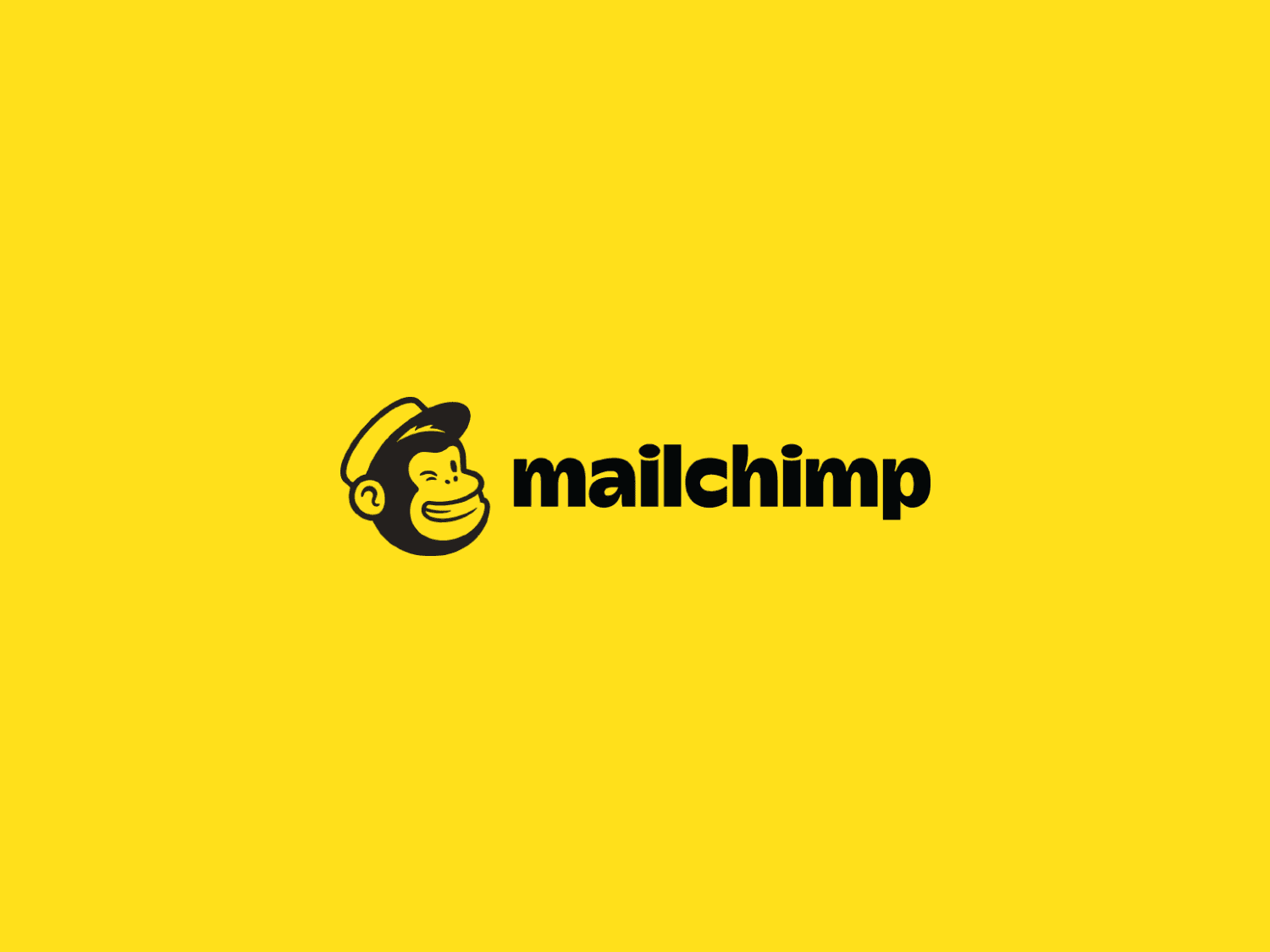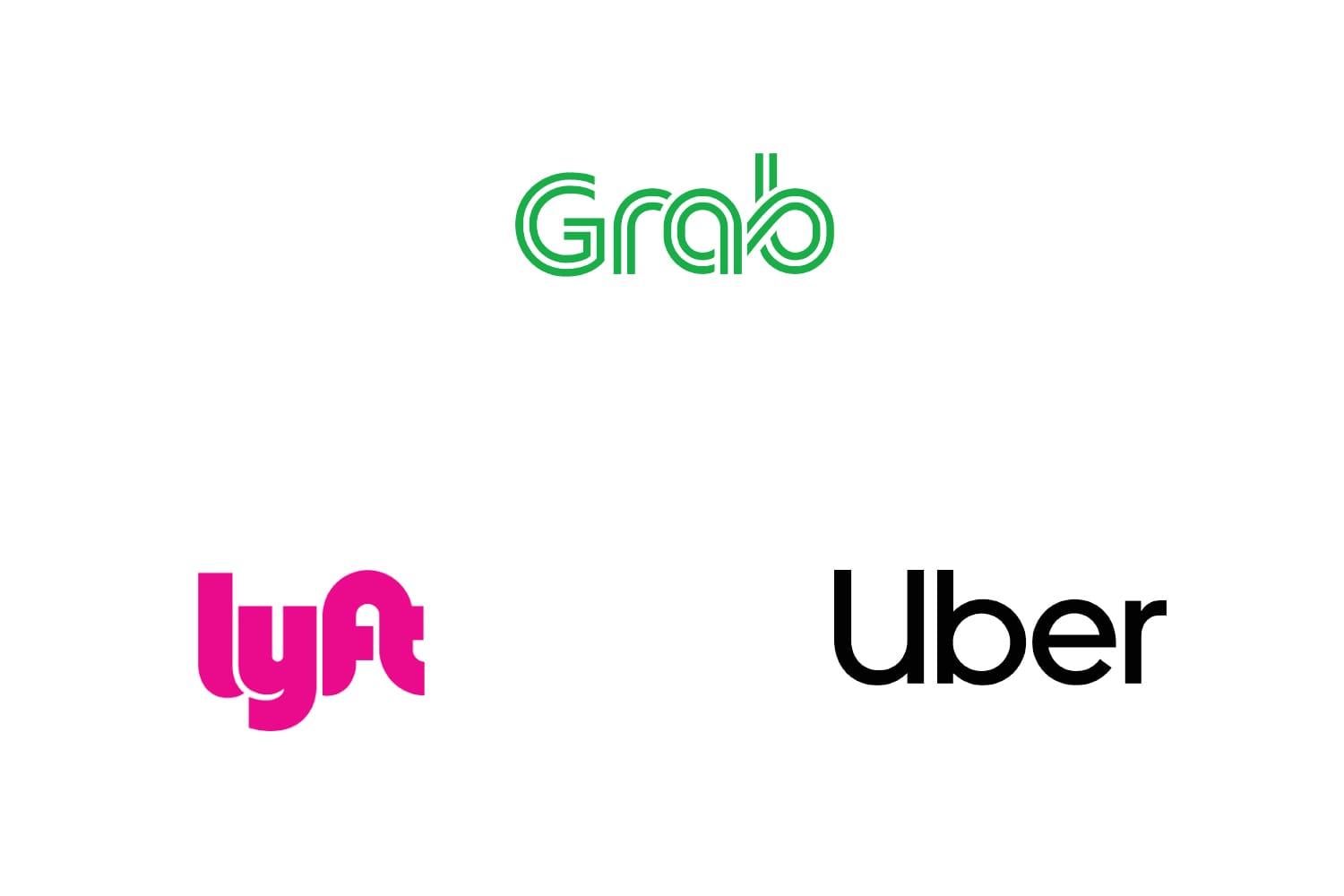When designing a brand identity, businesses often prioritize aesthetics over other crucial elements. While visual appeal is important, it’s essential to remember that an effective brand identity is much more than just a pretty logo. It’s a strategic tool that communicates your brand’s values, differentiates you from competitors, and builds lasting relationships with your customers. Think of it like crafting a cocktail – the perfect blend of ingredients creates a unique and memorable flavor. Similarly, a well-crafted brand identity combines several key elements:
1. Vision - The North Star
A strong brand identity begins with a crystal-clear vision. This is the North Star that guides all your branding efforts, encompassing your brand’s purpose, core values, and long-term aspirations. It’s about defining what your brand stands for, what problems it solves, and the impact it aims to make in the world. This vision should be deeply ingrained in your company culture and communicated effectively to your design team, ensuring they capture the essence of your brand in every visual and messaging element.
Consider Patagonia, the outdoor clothing company. Their vision extends beyond just selling apparel; they are deeply committed to environmental sustainability and social responsibility. This vision is woven into every aspect of their brand, from their product design and manufacturing processes to their marketing campaigns and activism efforts.
2. Meaning - Beyond the Surface
Unilever symbol contains 25 distinct icons, each of which represents the aspect of a sustainable living commonplace. The Olympic logo was originally designed by de Coubertin 1992. The symbol contains 5 interlocking rings that represent five continents, and 5 colours in each ring combine all the national colour of every country participate in the event.
Carolyn Davidson designed the Nike logo in 1971. The footwear company chose its name after the Greek goddess of victory. The swoosh symbol was designed as the abstract form of the wing. Nike’s ‘Just Do It’ in 1988 is highly successful. When athletes and consumers see the swoosh, they are inspired than the bigger ideas which is to live the slogan. The same case with Starbuck Target, their logos became so recognizable that the brands decided to drop its brand names.

Unilever symbol contains 25 distinct icons, each of which represents the aspect of a sustainable living commonplace. The Olympic logo was originally designed by de Coubertin 1992. The symbol contains 5 interlocking rings that represent five continents, and 5 colours in each ring combine all the national colour of every country participate in the event.
Carolyn Davidson designed the Nike logo in 1971. The footwear company chose its name after the Greek goddess of victory. The swoosh symbol was designed as the abstract form of the wing. Nike’s ‘Just Do It’ in 1988 is highly successful. When athletes and consumers see the swoosh, they are inspired than the bigger ideas which is to live the slogan. The same case with Starbuck Target, their logos became so recognizable that the brands decided to drop its brand names.
3. Authenticity - The Heart of Soul
More than just being original, and honest about a product or service, authenticity means staying true to your company’s true value. An authentic brand usually starts with the founder’s story. Why did you start your business? What keeps you up at night? What is the challenge your business faces and how did you overcome it?
At xolve, we have a list of favorite brands that we look up to. MailChimp, arguably the leading marketing automation platform, is one of them.
Co-founder Ben Chestnut and Dan Kurzius built MailChimp out of a discarded web business in 2007 when the world finance was on the brink of collapse. At the time, people were getting more annoyed with spam email, and even more discouraged, their competitors already had their hands on the big pieces of the email marketing pie. “It’s never been about email,” says Foreman, the VP of product management, “it’s been about small business, helping them create customers and grow their business” in an interview with Inc.
Fast forward to 2017, the company received 14,000 new customers daily and gained $500 million in revenue. Their secret weapon behind Mailchimp’s wild success: Freemium pricing strategy and lovable, authentic brand.

MailChimp consistently offers fun and pleasured experience in every brand touchpoints. The company cartoonist mascot, Freddie with a quirky smile accompany with a schoolhouse look wordmark, is a good representation of the company’s culture: making work fun, creativity and independence. This also reflects in its witty and friendly copy, fun usage of gif image or surprise gifts to its customers.
4. Differentiation - Standing out from the Crowd
Whatever industry your business is in, chances are there is a bewildering array of options for a customer to choose from. It is imperative to differentiate your brand identity and stay afloat in the congested market.
As Marty Neumeier put it. “When everybody zig, zag”. The key to differentiation is to know when to pivot or persevere. Brands need to demonstrate what makes them unique and make it easy for their customers to understand.

5. Coherence - The Unifying Force
Being coherent means providing the same standard of experience when customers interact with a brand. Whether a customer is talking with a company representative, purchasing products or services or just browsing the company website, he or she should feel similar. There are several fronts to keep your brand identity coherent.
- Voice: Everyone in the company awareness of the company’s vision, position, and how it wants to be perceived. External communication uses consistent voice and internal communication reflects the company’s shared values and cultures.
- Look and feel: Design color, typography, brand graphics, layouts, photography, and videography across various media projects to a unified image that boosts brand recognition.
- Product and service quality: A high, consistent level of high-quality product service
We have previously discussed why brand consistency is vital for your business. It boosts brand recognition and builds trust. Building a strong, recognizable, and consistent brand in the long haul will ultimately result in more financial returns.
Beyond the Basics
Building a strong brand identity is an ongoing process, not a one-time event. It requires continuous monitoring, refinement, and adaptation to stay relevant and resonate with your evolving target audience. It’s about staying true to your core values while remaining flexible and responsive to the changing market dynamics.
By mastering these key elements and weaving them together seamlessly, you can create a brand identity that not only captures attention but also builds lasting relationships with your customers. It’s an investment that will pay dividends in the long run, driving brand loyalty, advocacy, and ultimately, business success.

